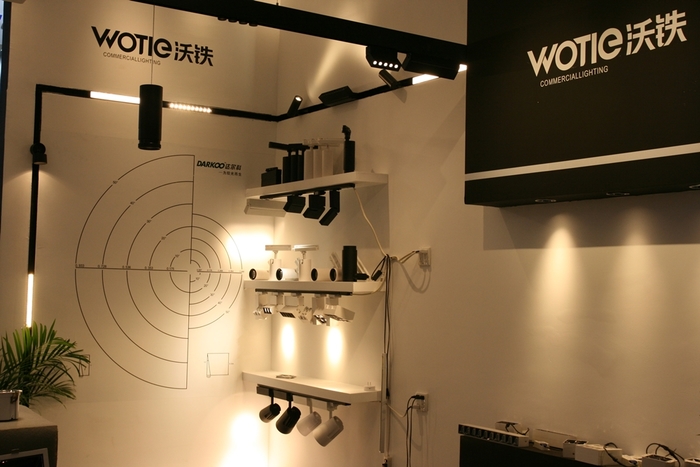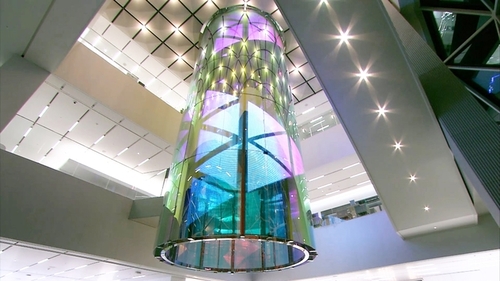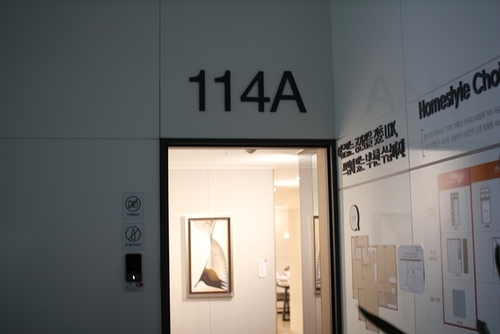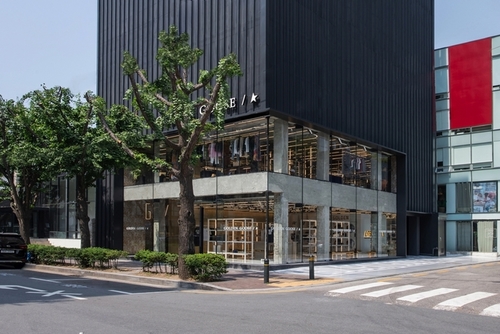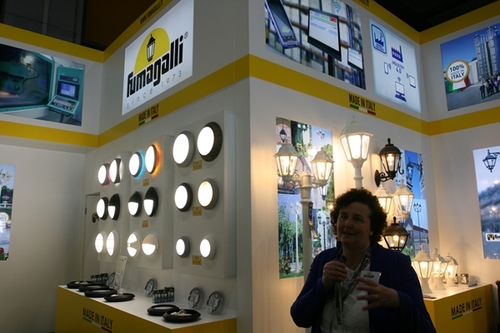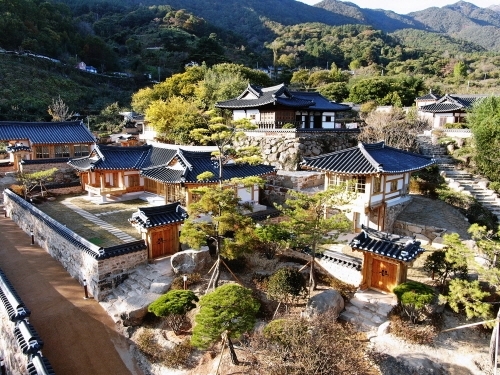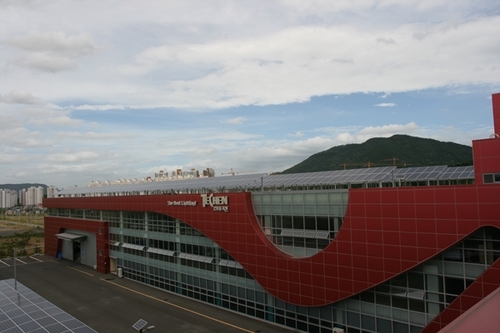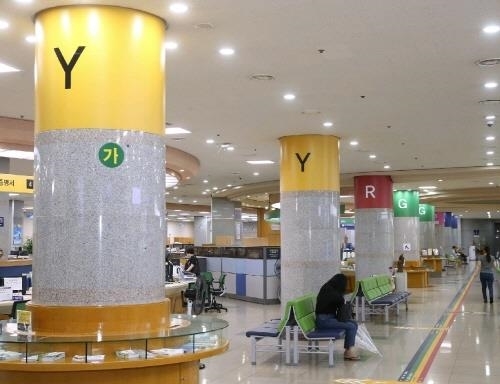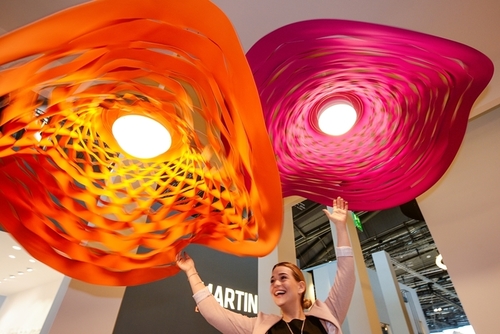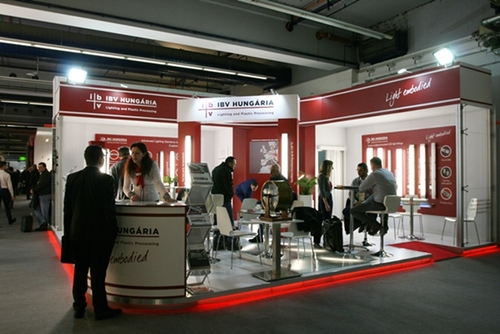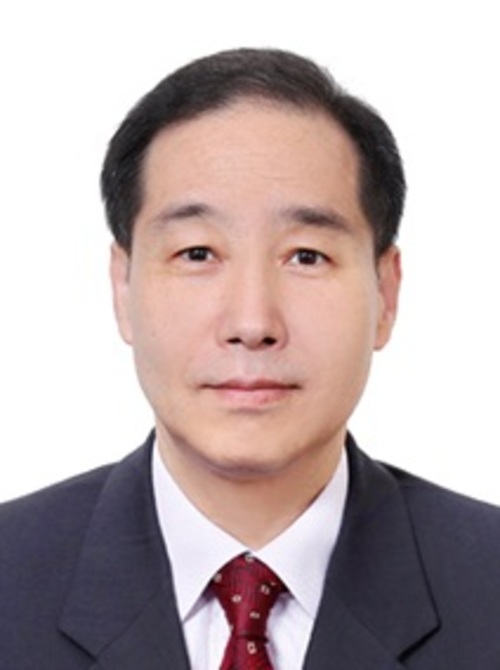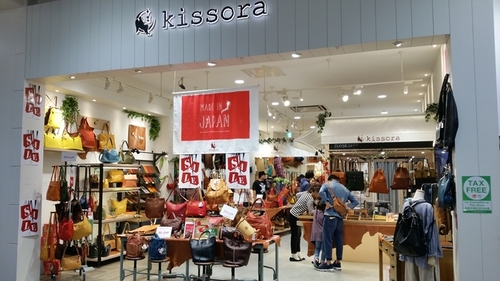What was the result of 'Chinese OEM production' for the global lighting companies?
Increasing number of companies relying on China as their ability to develop their own technology and products weakens
What was the result of 'Chinese OEM production' for the global lighting companies?Increasing number of companies relying on China as their ability to develop their own technology and products weakens
Written by : Jung-Bae Kim. Publisher & Editor. Lighting Critic.
For the past 20 years, lighting companies around the world have continued to produce products in China as OEMs, or import finished products from China and sell them to the domestic and overseas markets.
I thought it would cost less and had a much better margin. But in everything there is a light side and a dark side. The same is true of “Chinese OEM production and finished product import”. The “situation” experienced by lighting companies around the world that have been dependent on “China” shows this reality well. <Editor's note> are being pushed. exhibition booth of lighting B in Taiwan? Perhaps there, he also introduced various products, saying'this is our company's new product this year'.
But all of those products are made in China. Of course, some products are made by OEMs in China, and some products are imported from China. However, it is true that the products are made in China.
This is the situation facing lighting companies around the world, regardless of country or company. Without Chinese OEM products and Chinese imported products, one cannot properly decorate an exhibition booth of this size. They don't have their own products.
Besides, look at that OPPLE over there. Chinese companies are participating in the “Light+Building” (Frankfurt International Lighting Exhibition) by decorating a bigger booth than global companies such as Toshiba, Osram and Samsung Electronics? It was difficult to dream in the past.
But look at O'ple's booth now. The most crowded place in this exhibition hall (Hall 6.2) is right there. Probably, among the companies that participated in this exhibition, the only companies that came out with products made by their own company may be our company and to go OEM in China. . Fortunately, some company has its own factories both locally and in China, so we can develop and produce our own products. However, if a lighting company does not have its own factory in China, the situation is similar.
technology, they don't have their own products, and in the export market, they bump into the products of Chinese companies that make products for their company. Then it gets harder and harder to do the lighting business.”
On March 21st, 2018, an executive in charge of overseas marketing of a global LED chip and module company met at exhibition hall 6.2 of ‘Light+Building 2018 (2018 Frankfurt International Lighting Fair)’ told reporters:
The essence of what he said was that "lighting companies that do not have their own technology and products, and their own factories in China, are still in business, but will be more difficult to do business in the future."
As he said, at least based on Exhibition Hall 6.2, it was true that the exhibitors had a relatively small number and type of products, although the booth size may have been large. And unlike in the past exhibitions, the number of products introduced as new products has drastically decreased. A Japanese exhibitor had only three new products exhibited throughout the exhibition booth.
“Something is different from the past.” This would make sense to summarize in one word the feelings I received at Exhibition Hall 6.2 of this year's Frankfurt International Lighting Fair. You may not be able to pinpoint something, but it is definitely different from the past.
What caused the feeling and atmosphere to change like this? The conclusion that came out was'Aha! You don't have your own technology and products. The number of differentiated technologies and products to attract the attention of customers and buyers has decreased.”
◆ Lighting companies without their own technology and products
purchase.
If a company doesn't have such a product, it's obvious that you don't have to see the results. Products are not sold and inventory and deficits accumulate. If this happens a few times, the company can no longer afford the deficit and eventually close the company.
This is what has happened in the'business world' so far. Of course, this is happening now and will continue to happen. This is no different in terms of domestic lighting industry or overseas lighting companies.
The problem is that the causes of this happening are slightly different for each era, country, and company. In simple terms, it means "what was right then is wrong now."
Let's talk in a more understandable and direct language. In the early 1990s, relocating the factory to China was "right". Especially for lighting companies in Korea and Taiwan. This is because buyers demanded'lower prices' from lighting companies in Korea or Taiwan.
To meet the “lower price” buyers want, the factory had to be moved to a place where wages and factory rent were cheaper. That is China. At that time, China implemented a policy to actively attract foreign lighting companies, providing factory sites free of charge for 50 to 100 years, exempting taxes, and even building factory buildings for free.
80% of Taiwanese companies that received such a Chinese “love call” moved their factories to China between 1993 and 1996. In Korea, large and small lighting companies have moved their factories to China. China and then producing domestic assembly → OEM production in China → importing finished products made by Chinese companies.
This type of lighting business was beneficial to both overseas lighting companies and Chinese lighting companies. Overseas companies were able to easily, conveniently, and import products at low prices and sell them in the domestic and overseas markets at high prices.
Chinese companies also made money by producing and supplying products with low wages ahead of them despite low technology and product quality. This “win-win structure” is the reason why “Chinese OEMs” and “imports of Chinese products” have continued to increase among lighting industries and lighting companies around the world over the past 20 years.
However, this “win-win structure” could not continue forever. When Chinese locals who had learned and learned skills while working for foreign lighting companies in China left the company and started their business by setting up a lighting company, the ‘win-win structure’ up to now quickly changed to a ‘competitive structure.’
Even more, “Chinese OEMs” quickly learned technology and product design to create similar products and supply them to the Chinese market as well as overseas markets. After a “competitive structure” was formed between “Chinese lighting companies” and “overseas lighting companies,” overseas lighting companies fell into a double dilemma.
One is that without'Chinese OEM' or'Chinese product import', there is no product to sell. Another is that they are in a position to compete directly in Chinese and foreign markets with Chinese lighting companies that do OEM production.
The only way to resolve these two dilemma is to stop ‘Chinese OEM’ or ‘Importing Chinese-made products’, and sell products with superior technology, quality, and design than Chinese-made products at a price equal to or slightly lower than the price of Chinese-made products.
However, over the past 20 years, lighting companies around the world have not made that decision. Meanwhile, Chinese lighting companies have been accumulating their own competencies by increasing their technology, products, manpower, and overseas marketing competitiveness.
export experience, and enhanced brand power as weapons, it enters the stage of direct competition with foreign companies that have given'OEM' orders and'export orders' in the overseas market. did.
When this happened, the positions of Chinese and foreign companies quickly reversed. Chinese companies are rapidly increasing their market share with high price competitiveness for their own technologies and products, while overseas companies have lost their own technologies, products, and price competitiveness, and their market share has declined. And I became in a position where I had no choice but to endure with only 'brand'.
The result of this process was integrated into one, and it can be said that the atmosphere and change of exhibition hall 6.2 of this year's ‘Light+Building 2018 (2018 Frankfurt International Lighting Exhibition)’.
To summarize this, Chinese OEMs and imports increase → Dependence on China increases → Chinese companies' technology, production facilities, products, and price competitiveness increase → Technology development ability of foreign companies, new product development ability, price competitiveness, and skilled production manpower decrease → China Companies' entry into overseas markets → Chinese companies' overseas market share increase → overseas companies' customer and market share decrease → overseas companies' decline or decline. What should be noted here is that the increase in Chinese OEMs and imports has resulted in the decline or decline of foreign companies.
However, overseas lighting companies are not only deprived of the export market by Chinese lighting companies. It means that even the domestic market, which was their own territory, is being occupied by Chinese companies.
During this 'Light+Building 2018' exhibition, a number of VIP journalists from overseas countries actively covered the situation of the local lighting market. ▲India lighting market is about 90% ▲Indonesian lighting market is 80% Above ▲It was revealed that 80% of the lighting market in Middle East ▲more than 70% of the lighting market in South America was engulfed by Chinese lighting products.
▲ In the US market, it is said that there are an overwhelming number of lighting products made in China. Chinese lighting products have already invaded the export market as well as the domestic market of each country.
<저작권자 ⓒ 월드라이팅뉴스 무단전재 및 재배포 금지>
댓글
china OEM 관련기사목록
|
인기기사
Special Feature 많이 본 기사
|


